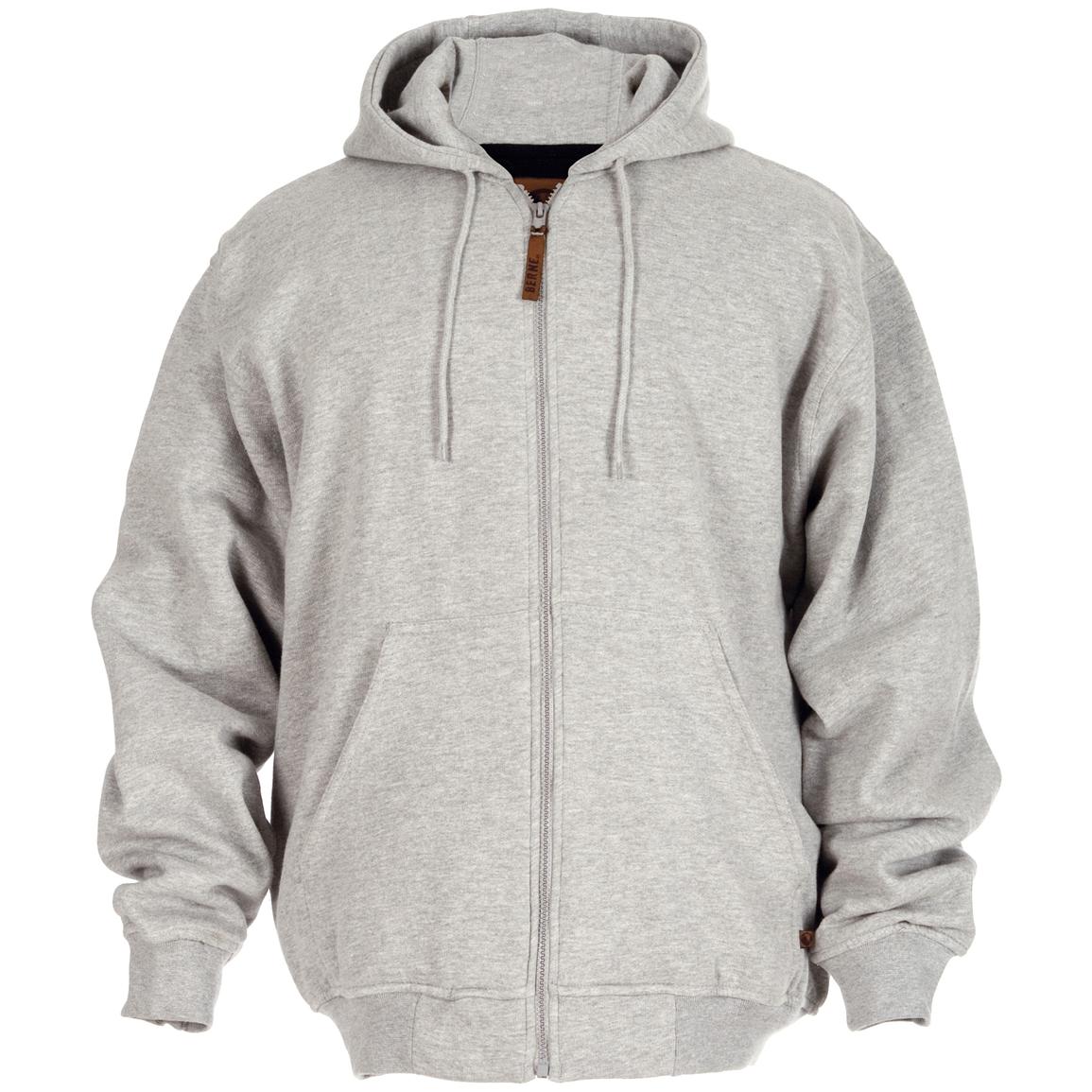Sweatshirts are long-sleeved, pullover tops that are made of thick cotton cloth. They are usually used for casual wear but aren't as formal as sweater s or cardigans. They may not have the Hood. If you're thinking of purchasing a sweatshirt, here are some suggestions:
Norma Kamali sparked the appeal of sweatshirts
Since the mid-70s In the late '70s, Norma Kamali has been transforming the simple sweatshirt into an art form. Her designs are now a staple in almost every woman's wardrobe. Her unique styles vary from a tummy-tucking crew neckline to leather-paneled sweatshirts. She also has created clothes in unusual forms, like tanks with long trumpet skirt.
The collaboration of the designers and the sweatshirt maker Everlast gave rise to her Timeless line, which became an instant hit when it debuted in the Spiegel spring 2006 catalog. The collection was made up of convertible and interchangeable knits with classic designs and many of the items were priced below $20. Even even if Kamali's Timeless collection was not available in stores, fans were able to find the designs for sale on eBay and Poshmark.
Merino wool sweatshirts feel more comfortable than sweatshirts with soft fabrics.
Merino wool is known for its ability to wick moisture away which help to keep you comfortable and dry. Merino wool is an organic fiber that has a softer feel. It also drys quickly in comparison to other natural materials. In addition, it is a renewable resource. The merino sheep shed their coats each year, and then grow new ones.
The warmth-to-weight ratio of merino wool is what makes it a popular choice for sweatshirts . It helps to regulate body temperature due to its loft that naturally traps heat between the fibers. This is why Merino wool sweatshirts are perfect for summer and outdoor activities such as mountain biking, hiking, and running. The warmth it provides helps keep the wearer cool and dry, which is important when exercising.
Zip-front hoodies come with a kangaroo pocket
Kangaroo pocket Hoodies are a well-loved style of hoodies. These hoodies feature a huge pocket at the front which keeps your hands warm on cold days. They're additionally more practical than conventional pockets, since they allow your hands to slide into and out effortlessly.
The pockets of Kangaroos are typically big enough to accommodate an entire wallet, as well as other small personal items. Click here! enough to accommodate a small hand and are sufficient to hold two hands. They have wide openings on either side and make them ideal for carrying small items.
French Terry fabric is a well-loved fabric for sweatshirts
The French Terry fabric is composed of soft yarns made into loops, and are typically medium-weight. It is also renowned for its ability to wick moisture and is already pre-shrunk. French terry is a great choice for sweatshirts because it keeps you warm when you need it and also keeps you cool when you need to cool off.
French Terry is also very popular for casual wear, as it has enough stretch and flexibleness to feel great when you touch your body. It also allows for enough air to circulate around the fabric, making it ideal for layering under other clothes. Furthermore, since it is lighter than other sweatshirts that you can wear all year round without feeling too warm or cold.
Hoodies have classist connotations
While it may seem that hoodies are an appropriate clothing item for those who are working class but the truth is that they carry classist connotations. The hooded garment was first seen in the 1970s , in New York, where graffiti artists would wear them to conceal their identities. In 1976 the hoodies made their big film debut in "Rocky," when the protagonist of the film was a working class man in hooded gray sweats on his memorable climb up the Philadelphia Museum of Art.

Hoodies are often linked to death, destruction, and other undesirable items, yet they can also be used for practical reasons. For example, monks and priests can wear hoods to demonstrate respect and a sense of self-control.
